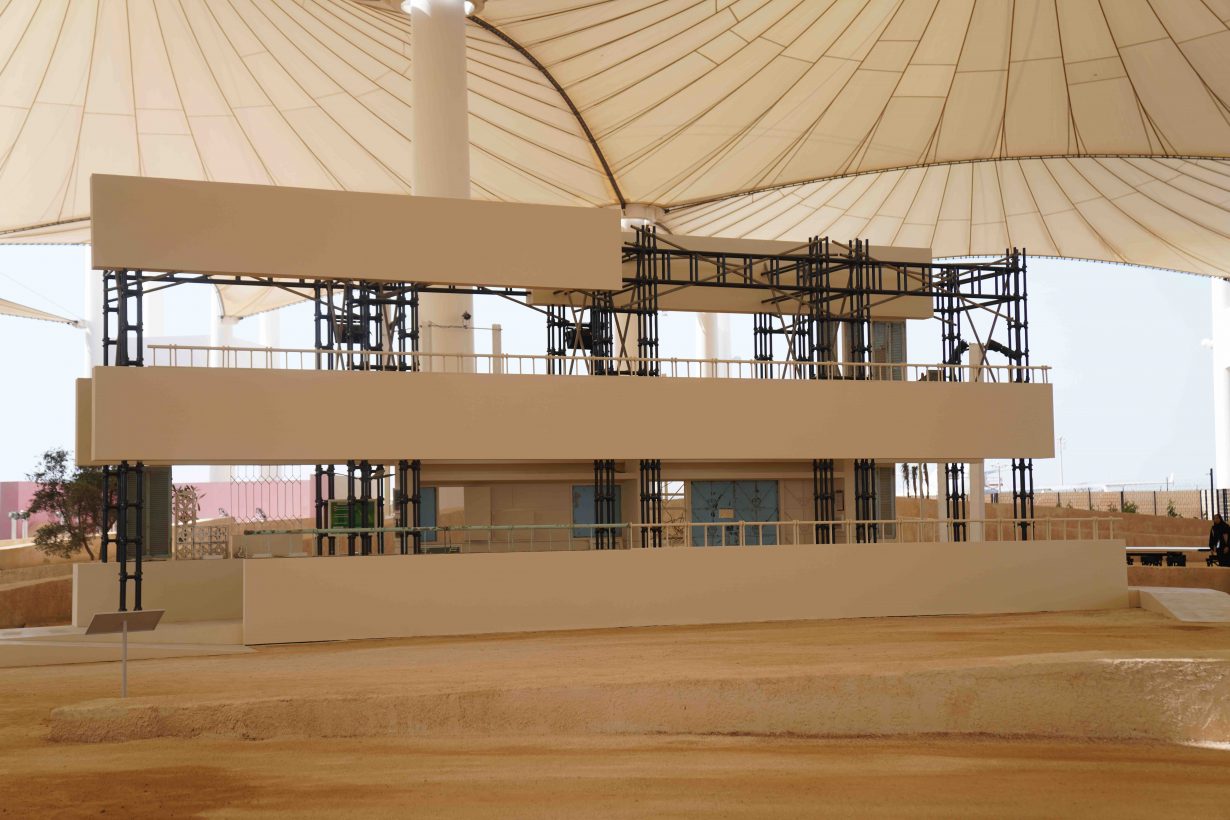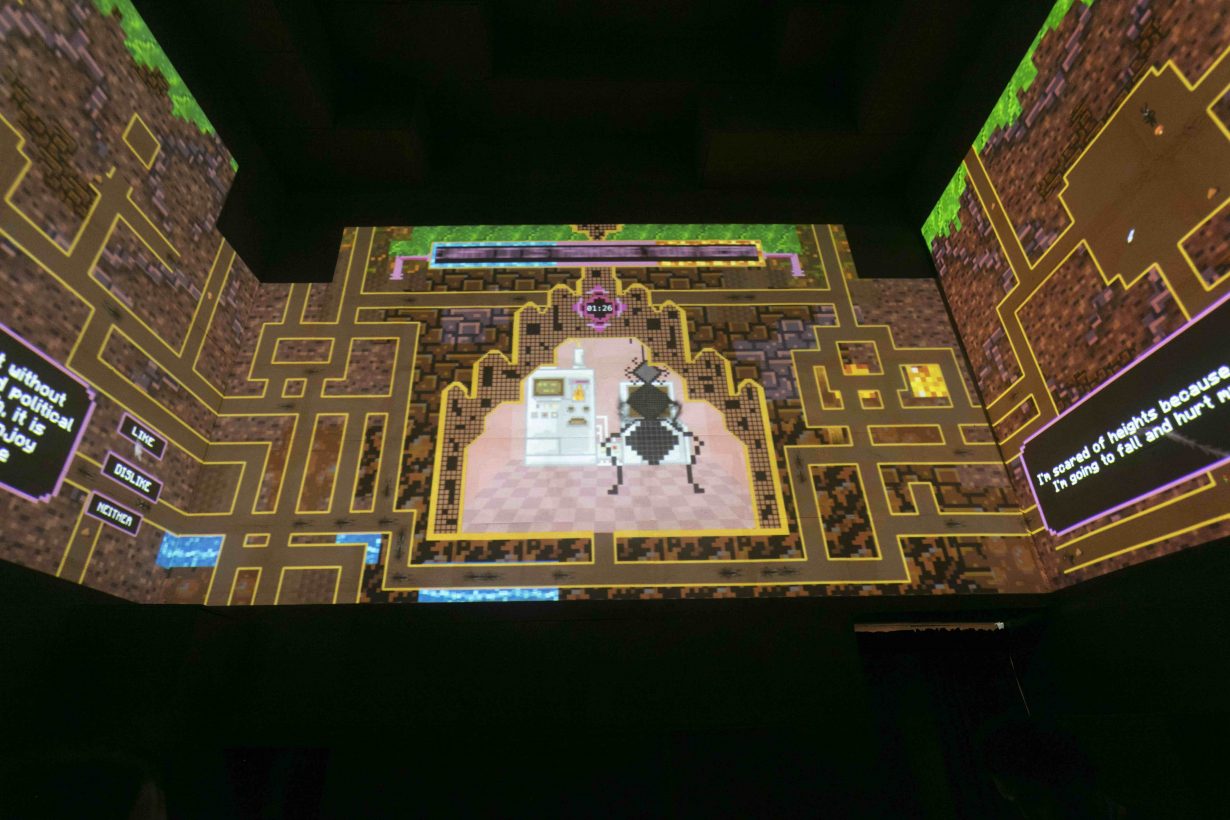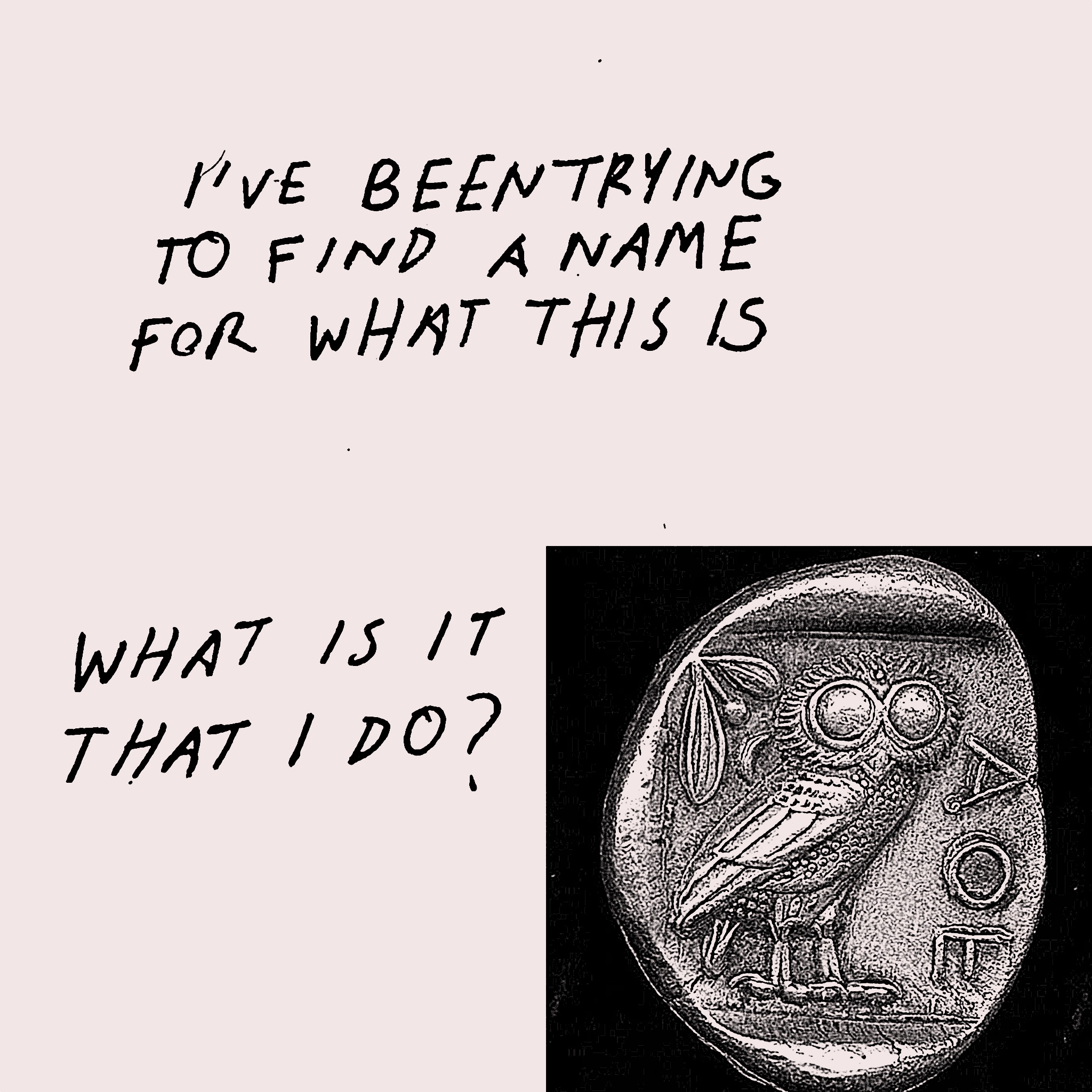The year in art: 2023 was more politics than art
It’s hard to reflect on this year in art without the myopia of the near present. Some numbers go up: over 200 Palestinians killed this year before October 7 becomes, at the time of writing, 15,000 and counting, with an Israeli death toll of around 1,400. Others go down: one Palestinian killed a day becomes one Palestinian killed every five minutes, and a child every ten. Little to no attention is paid to other ongoing genocides in Sudan, Myanmar or the Democratic Republic of the Congo. The use of the passive voice proliferates. Empathy may not be finite but the art world’s attention span seems to be. Signatures accumulate on open letters, art magazine editors get fired or quit in solidarity, and artists and curators lose gigs over their beliefs: do you name it apartheid, ethnic cleansing, genocide, justified retaliation?
The idea that the quinquennial Documenta – dogged the past two years by claims of antisemitism and censorship controversies – is both a temperature-taking of the artworld and an indication of its future holds truer than ever. In Germany, the Saarland Museum cancels an upcoming Candice Breitz show over her statements about Gaza. The multi-city Biennale für aktuelle Fotografie removes curator Shahidul Alam over his views on the same, and cocurators Munem Wasif and Tanzim Wahab resign in protest; the event is subsequently cancelled. The Documenta selection committee falls apart. Henry Kissinger is – finally – dead.
We have come to compartmentalise art history via temporal market categories: Impressionist, Modern, postwar, contemporary. Increasingly, it feels like we’re entering a new category now, of post-genocide; if we can even imagine the end of the past 76 years of deprivation. 2023 was a watershed in which the artworld’s aestheticisation of politics felt increasingly hollow and inane. In a way, the fallout is refreshing. On Instagram, artist Jaakko Pallasvuo put it best in his popular comic Avocado Ibuprofen: ‘I think about the dangers of using politics as a way to prop up a career, as the umami in a press release, as a two-way mirror to hide one’s ambitions behind. The cognitive dissonance and cultural nihilism of styling calls for liberation like an Acne sweater.’
There are other schisms. The fallout at Artforum, where editor-in-chief David Velasco was fired after running a collectively authored open letter calling for a ceasefire in Gaza, threw into high relief the gap (in opinion, in power) between those who make the art and those who profit off of it. Art publications, which have long enjoyed a perceived neutral objectivity, are increasingly coming under fire too. In the Gulf, long-held frustrations about coverage of the region being fetishistic and condescending are being expressed as part of broader societal exhortations to boycott Western products. It has resulted in calls that advocate extending the Penske publications boycott, signed by over 500 critics to date, to all Western art magazines – though which magazines are Western and which are not remains somewhat vaguely defined.

This is one indicator of the palpable geographic schism between the imperial centres and the increasingly well-funded scenes in the post-West, where language of a somewhat abstracted Global South is mobilised to articulate a new us and them, all while doing nothing to disturb the imbrication of art and capital. I feel as frustrated by these sweeping, arbitrary divisions as I am guilty of the same. What do these categories even mean anymore, especially in regions like the Gulf, where I live? After all, ‘A Westerner from the East is a friend indeed’, goes a line from Anawana Haloba’s 2019 video A Dragon King in Sleepy Pride Rock. Even as they performatively reupholster the same old armature of market, development and soft power, as an Indian from Dubai, these proclamations feel right when little else does.
This year, with a helping hand from the vagaries of US and Schengen visa regimes, I wondered what would happen if I stayed within my own sphere. There was less fatigue, certainly, the kind that comes with treading the international art circuit and seeing the same pieces wend their way through the biennial-to-art-fair pipeline. I wrote much more and published much less. And a number of events had me considering that curious thing, biennial magic. You know it when you feel it: that hard-to-describe feeling on the second or third day of an opening, when everything seems to come together with a certain frisson of excitement. A sense of things clicking into place like the online jigsaw puzzles I tend to turn to in my most burnt out moments.

My favourite shows this year had it in spades, most excitingly the inaugural Islamic Art Biennale in Jeddah, with standouts – in a show with many – including Bricklab’s and Basmah Felemban’s odes to the city’s migrant history, by air and by sea respectively. Curated by Sumayya Vally, the show felt like it broke new ground, generously expanding the field of what Islamic art might look like, going beyond the usual calligraphy and variations on Islamic geometry to consider the lived experience of being Muslim. It stood in sharp contrast to the usually solid but disappointingly airless Sharjah Biennial opening in close succession, which took Okwui Enwezor’s postcolonial legacy and suffocated it in aspic. Like the last Venice Biennale’s ‘binders full of women and Indigenous artists’ approach, it underscored that simply collecting artists from the Global South does – or rather, should – not a biennial make.
Yet even as it suffered from the bloat that has characterised the post-pandemic era, with over 150 artists and a lack of cohesion giving it an art fair feel, Sharjah Biennial had its moments too, including Tania El Khoury’s performative installation about electricity shortages in Lebanon’s power vacuum; Ibrahim Mahama’s ghostly assemblages of found objects—wheelchairs, school desks—for absent crowds; and Adam Khalil and Bayley Sweitzer’s Nosferasta (2021), a gleefully bonkers sendup of Christopher Columbus and his legacy, via a Rastafarian vampire.

Usually important more for the discourse it generates than the quality of its exhibitions, Dhaka Art Summit this year was rewarding in its serious attention to climate degradation. I especially loved Afrah Shafiq’s workerist formicine videogame Where Do the Ants Go? (2022–23) and the dreamy Tropical Siesta (2017) from the consistently strong Thao Nguyen Phan, who has a stunning work at the 2023 Sharjah Architecture Triennial as well. Other highlights include group shows like In a Multiple Perspective, curated by Fırat Arapoğlu at YARAT Art Space in Baku, which sensitively addressed both the bankruptcy of Western linear thought and instrumentalisation of pan-Turkic identity. And The Mirrors Are Many, curated by Mona Al-Jadir at 421 in Abu Dhabi considered institutional memory – and the regional penchant for the archive seen especially in post-Civil War Lebanon – in a way that allowed the past to breathe.
Most recently, the inaugural Manar Abu Dhabi exhibition was quietly and refreshingly not bombastic, as light art shows in the region tend to be, even as it remains to be seen whether its sister Public Art Biennale will continue with its Israeli cocurator next year. Especially notable were Jumairy’s beautiful casting of bioluminescence onto a nearby island shore, and – what felt like an art historical missing link in a region with a relative dearth of computational art – a pair of early 1990s video artworks City and Yafa (both 1992-2019) from Samia Halaby. At the end of this year, I find myself energised by art for the first time in a long while. The same questions increasingly circulate: Will this moment of rupture, swirling with talk of new ‘for us, by us’ platforms and publications, last or be smoothly lubricated back into business as usual? How does the artworld divest itself of the West? Can it?
Rahel Aima is writer based in Dubai
